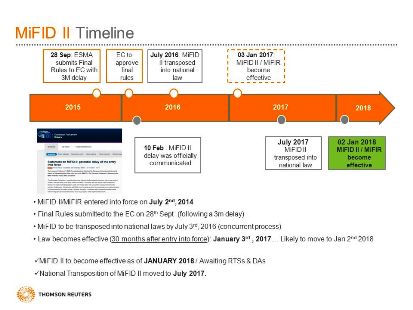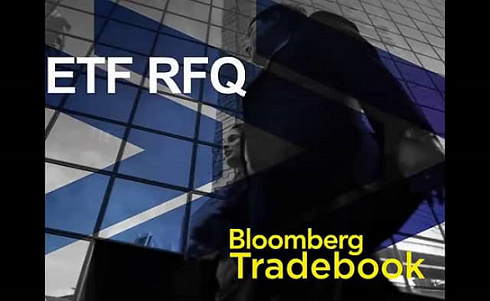EC Embraces ISIN reference code protocol for financial instrument identifiers as MiFID II nears full implementation
(Waters Technology |InsideReferenceData.com) 20 July 2016-The European Commission (EC) has adopted several technical standards of the Markets in Financial Instruments Directive (MiFID II), including RTS 23 (Regulatory Technical Standard), which deals with standards and formats for financial instrument reference data. The initial version of the standards mandated the International Securities Identification Number (ISIN) for reporting under MiFID II and the commission is in the process of finalizing level two texts of the regulation.

David Nowell, head of regulatory compliance and industry relations, UnaVista, London Stock Exchange (LSE) Group, welcomes the development, despite blistering complaints voiced by Richard Young, who leads the “open symbology’ team for Bloomberg LP, which has long been seeking to advance its own proprietary reference code protocol known as FIGI. Bloomberg LP is a privately-owned market data platform that charges upwards of USD $28,000 per user, per year to access the firm’s terminal farm.
“London Stock Exchange welcomes the European Commission’s proposals to adopt the ISIN as the instrument identifier under MiFID II. The use of the ISIN and its accompanying Classification of Financial Instruments (CFI) code allows regulators to have both an identifier and associated instrument classification data,” says Nowell.
The LSE Group has been involved in industry efforts to develop the ISIN for over-the-counter derivatives reporting. One proposed approach is to combine the ISIN with the CFI for more granular identification of an instrument.
More information via this link



